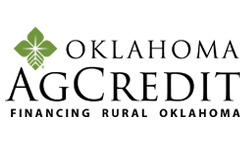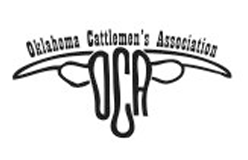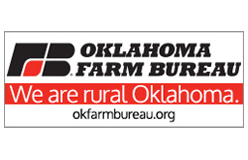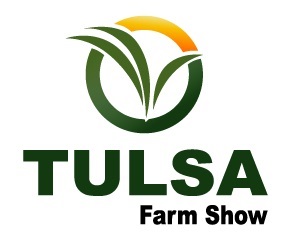
In today’s Beef Buzz, senior farm and ranch broadcaster Ron Hays continues to feature comments made by one of the speakers at the recent King Ranch Institute for Ranch Management Symposium, Dr. Glen Dolezal, a recently retired meat scientist and executive, about the unavoidable rise in beef carcass weights. He emphasized that the industry is seeing “40 pounds larger carcass weights this year versus a year ago,” a shift he described as a factual and significant trend. With these heavier carcasses, Dolezal noted, “there are some things we need to be paying attention to and maybe worry just a little bit about.”
Dolezal outlined major animal-welfare concerns connected to increased carcass weights, citing his experience on the NCBA Beef Quality Assurance Committee. He reminded producers that “lameness is always a concern,” and that severely lame cattle “can’t be harvested anymore in a federally inspected plant.” He also referenced heat-stress issues, past incidents of congestive heart failure, and current worries about late-term deaths in feedyards. Additionally, he warned that infrastructure capacity is lagging: “transport trailer densities, pen sizes… and equipment at facilities has gotten too small.”
He further explained the physiological strain placed on heavier cattle. According to Dolezal, “when you add that much weight, you put a lot of pressure on pumping blood to all your muscles and your brain,” which raises risks to heart and lung function. He also discussed changes in carcass composition, noting that “we’re still plenty fat,” and described the growing challenge of chilling heavier carcasses. Older hot-box systems from the 1970s and 80s were designed for lighter weights, yet today’s beef requires longer chilling times: “We always like to get at least 30 hours of chill… preferably 36 to 48.”
To illustrate beef demand, Dolezal shared a story from a visit to his brother’s Texas meat market and restaurant. After selecting a thick-cut ribeye, he noted the price was $21 but emphasized that consumers continue to buy premium steaks. He asked his brother whether such cuts “move very well… or do you have to pull them when they start to deteriorate,” and was told that customers “aren’t fussing about the price of a ribeye steak if it delivers on tenderness, juiciness and flavor.” This reinforced Dolezal’s view that eating quality is sustaining strong consumer demand.
Dolezal concluded by praising the entire beef supply chain, stating that he is “very proud of [the industry]… hats off to you,” and affirming that beef quality is at unprecedented levels. He emphasized that “quality of beef has never been higher in my career,” crediting ranchers, seedstock suppliers, cow-calf operators, and feedlots for this success. His message underscored both the challenges and achievements tied to larger carcass weights in today’s beef industry.
The Beef Buzz is a regular feature heard on radio stations around the region on the Radio Oklahoma Ag Network and is a regular audio feature found on this website as well. Click on the LISTEN BAR for today’s show and check out our archives for older Beef Buzz shows covering the gamut of the beef cattle industry today.

















